As one of the most significant festivals in India, Diwali holds a special place in the hearts of millions of people across the country. Also known as the Festival of Lights, Diwali is a time of joy, celebration, and togetherness. Diwali is celebrated for various reasons, including marking the return of Lord Rama to Ayodhya after 14 years of exile, the goddess Lakshmi’s birthday, and the victory of good over evil. The festival usually lasts five days, with each day carrying its unique customs and rituals that are observed by families and communities.
The Significance of Diwali
Diwali holds great religious, cultural, and historical significance for Hindus, Jains, Sikhs, and Buddhists. It symbolizes the victory of light over darkness and good over evil. For Hindus, Diwali marks the return of Lord Rama, his wife Sita, brother Lakshmana, and Lord Hanuman to Ayodhya after defeating the demon king Ravana. The lighting of lamps during Diwali signifies the victory of light over darkness and the dispelling of ignorance with knowledge.
The Five Days of Diwali
1. Dhanteras
Dhanteras marks the beginning of the Diwali festival. It is considered an auspicious day for buying gold, silver, utensils, or any new items. The word “Dhan” means wealth, and “Teras” refers to the 13th day of the lunar fortnight.
2. Choti Diwali (Narak Chaturdashi)
Choti Diwali is celebrated on the day before Diwali. It is believed that Lord Krishna defeated the demon Narakasura on this day, freeing the world from fear. People take an oil bath before sunrise on Choti Diwali as a cleansing ritual.
3. Diwali (Main Day)
The third day of Diwali is the main day of the festival. It is marked by the Lakshmi Puja, where families worship the goddess of wealth and prosperity. Decorating homes with rangoli, lighting diyas (lamps), bursting firecrackers, and distributing sweets are common traditions on this day.
4. Govardhan Puja
Govardhan Puja is celebrated on the fourth day of Diwali. It commemorates Lord Krishna’s act of lifting the Govardhan hill to protect the villagers from the wrath of Lord Indra. People prepare a variety of vegetarian dishes and offer them to the deity.
5. Bhai Dooj
The fifth and final day of Diwali is Bhai Dooj, a celebration of the bond between brothers and sisters. Sisters perform aarti for their brothers, apply tilak on their foreheads, and pray for their well-being. In return, brothers give gifts to their sisters as a token of love.
Traditions and Rituals
Cleaning and Decoration
One of the essential preparations for Diwali is cleaning and decorating homes. It is believed that Goddess Lakshmi visits clean and well-decorated homes, bringing prosperity and wealth. Rangoli, made with colored powders, rice, or flower petals, is a traditional art form used to decorate the entrances of homes.
Lighting of Lamps
The lighting of diyas (earthen lamps) is a central part of Diwali celebrations. The lamps are lit to welcome the goddess Lakshmi into the home and to symbolize the victory of light over darkness.
Firecrackers
Fireworks and firecrackers are synonymous with Diwali and are believed to ward off evil spirits. However, in recent years, there has been a growing concern about the environmental and health impact of excessive firecracker use during the festival.
Exchange of Sweets
Sweets play a significant role in Diwali celebrations. Families exchange sweets with relatives, neighbors, and friends as a gesture of goodwill and to spread joy and happiness.
Diwali Melas
Diwali melas, or fairs, are organized in many cities and towns during the festival. These melas feature carnival rides, food stalls, cultural performances, and the sale of traditional clothes and handicrafts.
The Cultural Diversity of Diwali Celebrations
Diwali is celebrated with great enthusiasm and fervor across India and in many other parts of the world. While the core rituals remain the same, different regions and communities have their unique ways of celebrating the festival.
North India
In North India, particularly in Uttar Pradesh and Punjab, Diwali is celebrated with great pomp and show. People light earthen lamps, burst firecrackers, and perform Lakshmi Puja with utmost devotion.
South India
In South India, Diwali is known as “Deepavali”, and it is celebrated with a focus on spiritual practices, such as lighting lamps, visiting temples, and offering prayers to the deities.
East India
In East India, particularly in West Bengal, Kali Puja is celebrated during Diwali. Goddess Kali is worshipped, and people participate in cultural events and processions.
West India
In West India, particularly in Maharashtra and Gujarat, Diwali is celebrated with great enthusiasm. People decorate their homes with marigold flowers and mango leaves and offer prayers to Goddess Lakshmi and Lord Ganesha.
Jain Diwali
For Jains, Diwali holds special significance as it marks the attainment of Nirvana by Lord Mahavira. Jains engage in murti puja (worship of idols), recitation of scriptures, and meditation during Diwali.
FAQs about Diwali
1. What is the best way to clean and decorate my home for Diwali?
To clean your home for Diwali, start by decluttering and organizing. Then, deep clean all surfaces, floors, and windows. Decorate with rangoli, flowers, candles, and colorful drapes for a festive touch.
2. How can I have an eco-friendly Diwali celebration?
You can have an eco-friendly Diwali by avoiding firecrackers, using LED lights instead of traditional oil lamps, opting for homemade sweets instead of packaged ones, and reducing waste by reusing decorations.
3. What are some traditional dishes prepared during Diwali?
Some traditional dishes prepared during Diwali include sweets like ladoos, barfis, and jalebis, as well as savory snacks like chaklis, mathri, and namak pare.
4. What is the significance of exchanging gifts during Diwali?
Exchanging gifts during Diwali symbolizes love, respect, and best wishes for the recipient. It is a way to strengthen bonds, express gratitude, and spread joy during the festive season.
5. How can I involve children in Diwali celebrations?
You can involve children in Diwali celebrations by teaching them about the significance of the festival, engaging them in making diyas or rangoli, and letting them participate in puja rituals and cultural activities.
In conclusion, Diwali is a festival that brings people together in celebration of light, love, and prosperity. By honoring its traditions, customs, and cultural significance, we can experience the true essence of this joyous occasion. May the lights of Diwali illuminate your life with happiness and fulfillment.

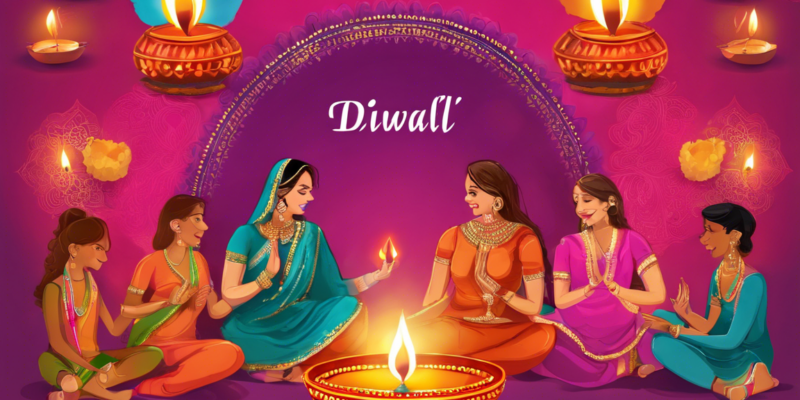


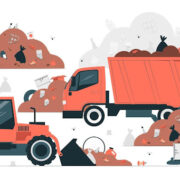



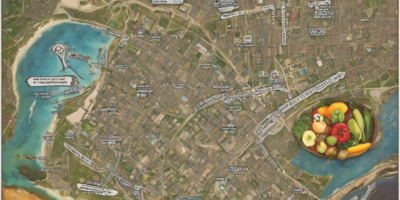
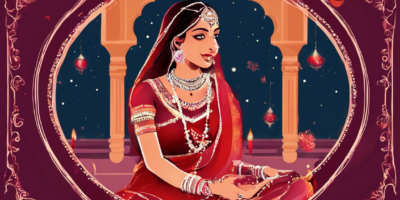
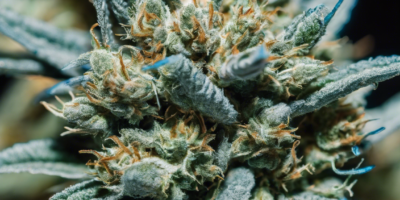
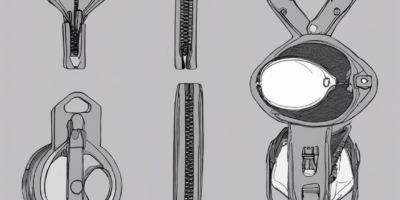
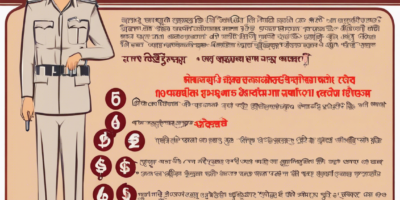
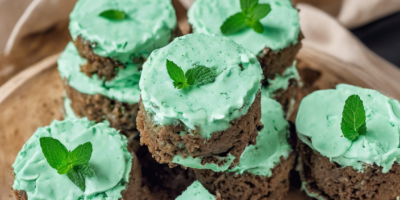
Comments